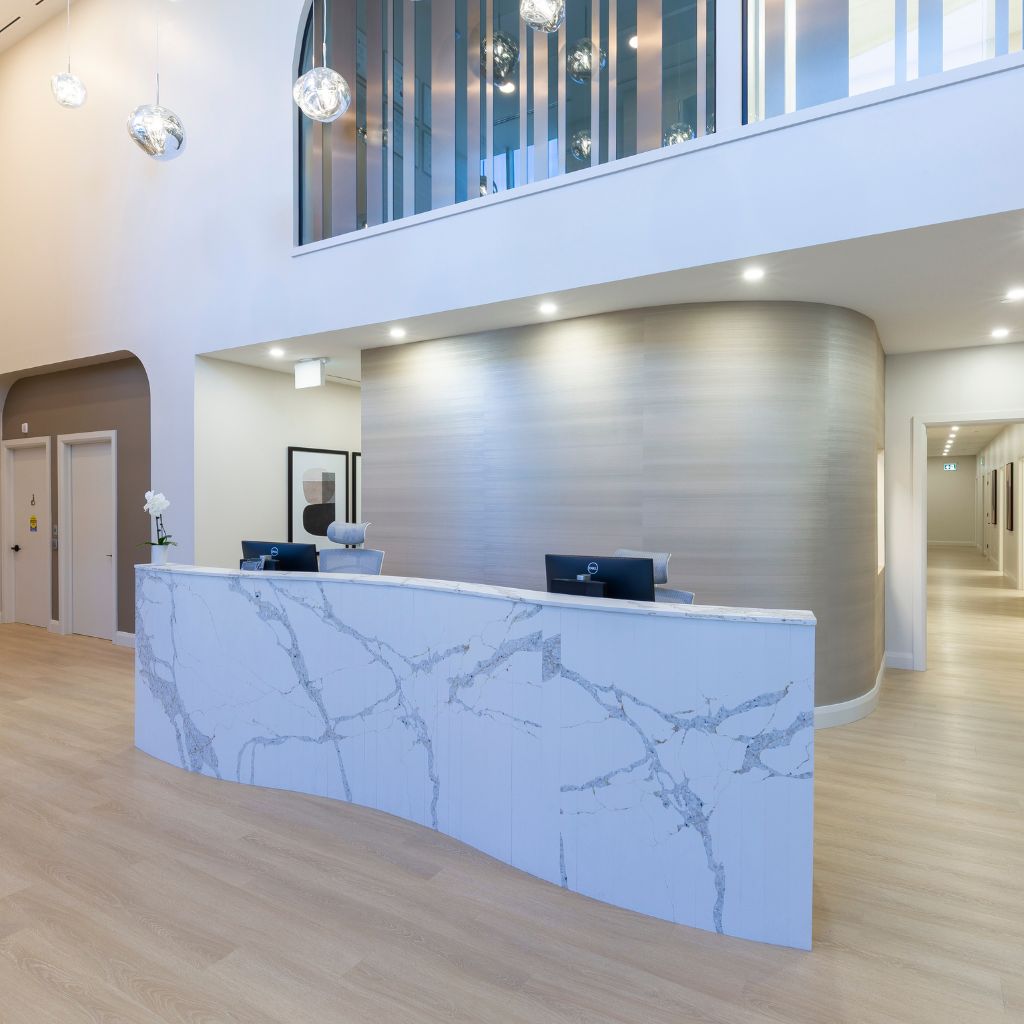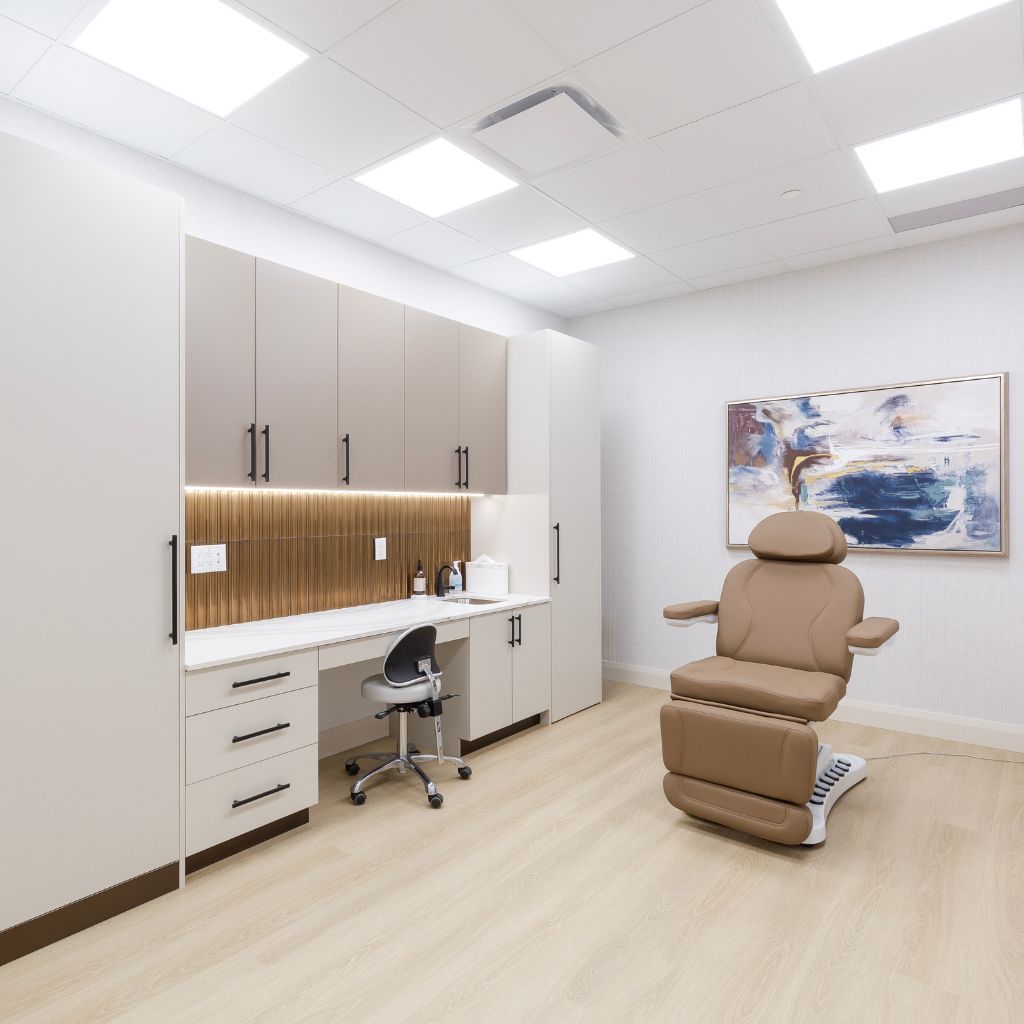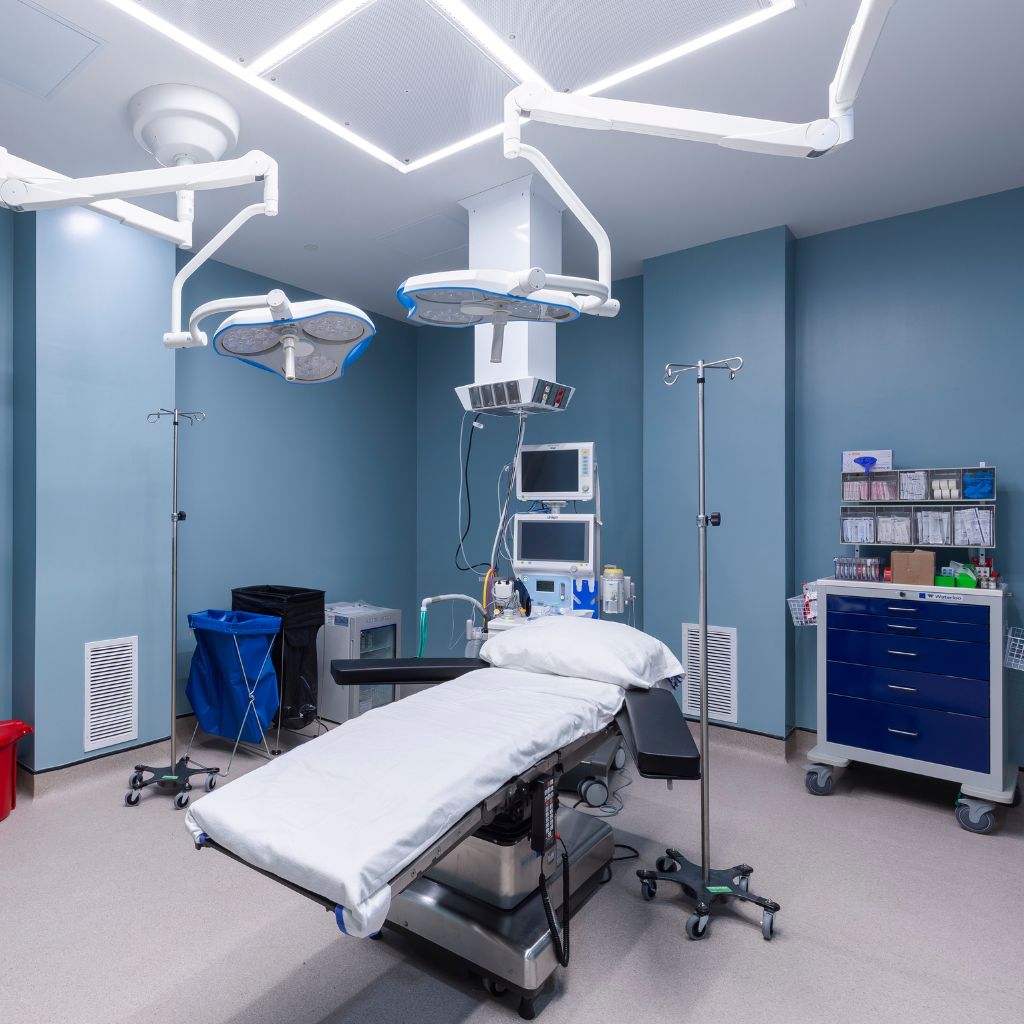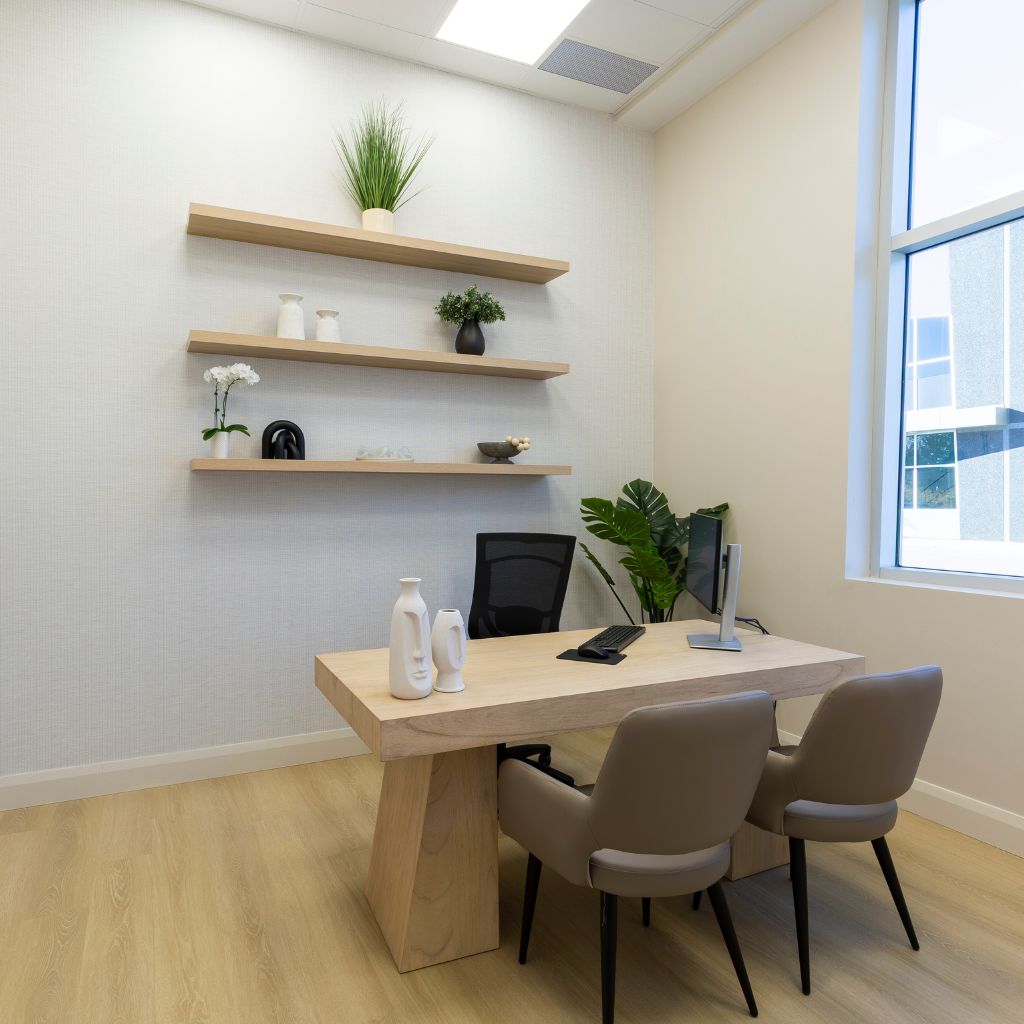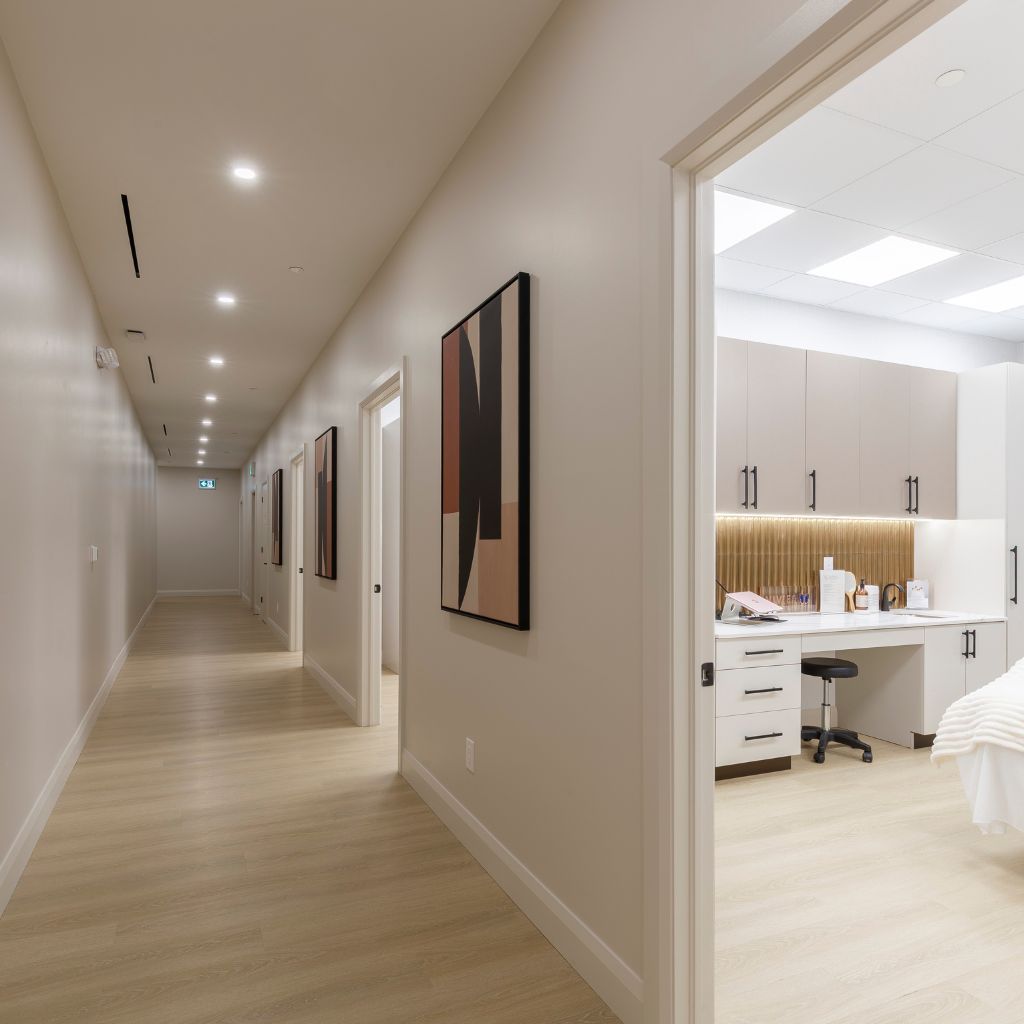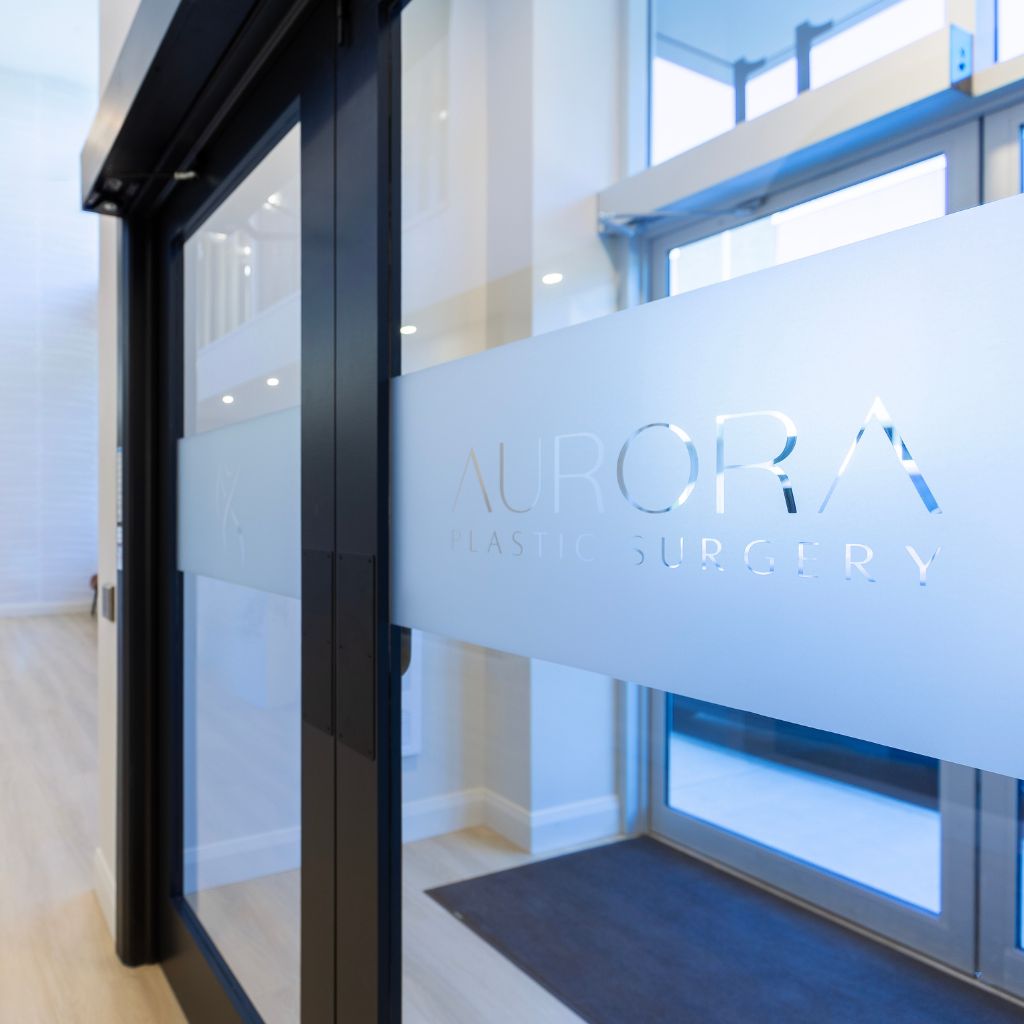Aurora PLastic Surgery
Enhance your confidence with customized cosmetic and reconstructive surgery in Aurora
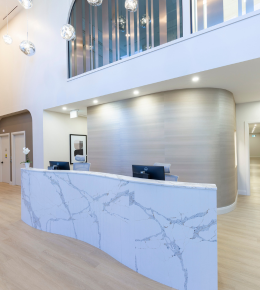
Specializing in Transformative Cosmetic Surgery
Aurora Plastic Surgery is a modern, patient-centered clinic founded by Dr. Bimpe Ayeni, a board-certified Plastic Surgeon known for her advanced expertise and compassionate approach. With a focus on breast and abdominal procedures, Dr. Ayeni brings years of surgical experience and training from top institutions including Yale, Oxford, Columbia, and Harvard.
Our thoughtfully designed facility combines cutting-edge technology with a warm, welcoming environment — ensuring every patient feels safe, comfortable, and cared for throughout their journey.
Aurora’s Trusted Cosmetic Surgery Specialist
With a distinguished reputation built on years of dedicated care, Dr. Bimpe Ayeni is a leading name in plastic and reconstructive surgery across the Greater Toronto Area. Known for her precision, skill, and compassionate approach, she has earned the trust of patients seeking natural, refined results.
Her journey to becoming one of Ontario’s most sought-after plastic surgeons reflects an unwavering commitment to excellence. Dr. Ayeni combines world-class training with a deeply personalized approach to ensure every patient feels supported, informed, and confident throughout their surgical experience.
A LEGACY OF EXCELLENCE:
In addition to her education at some of the world’s most prestigious universities, Dr. Ayeni is board-certified by the Royal College of Physicians and Surgeons of Canada and has served as Head of the Division of Plastic Surgery at Southlake Regional Health Centre. Her commitment to excellence extends beyond the operating room—she stays at the forefront of her field through ongoing participation in medical conferences and holds an adjunct clinical academic appointment with the University of Toronto.

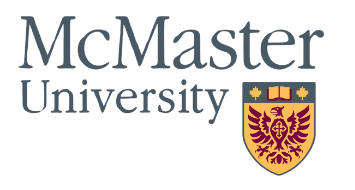



Real Results. Renewed Confidence.
See the difference expert surgical care can make. Our before and after gallery features real patient transformations that reflect Dr. Ayeni’s commitment to natural-looking, individualized results. Each image highlights the precision, artistry, and care that go into every procedure — helping patients feel more confident, comfortable, and empowered in their own skin.
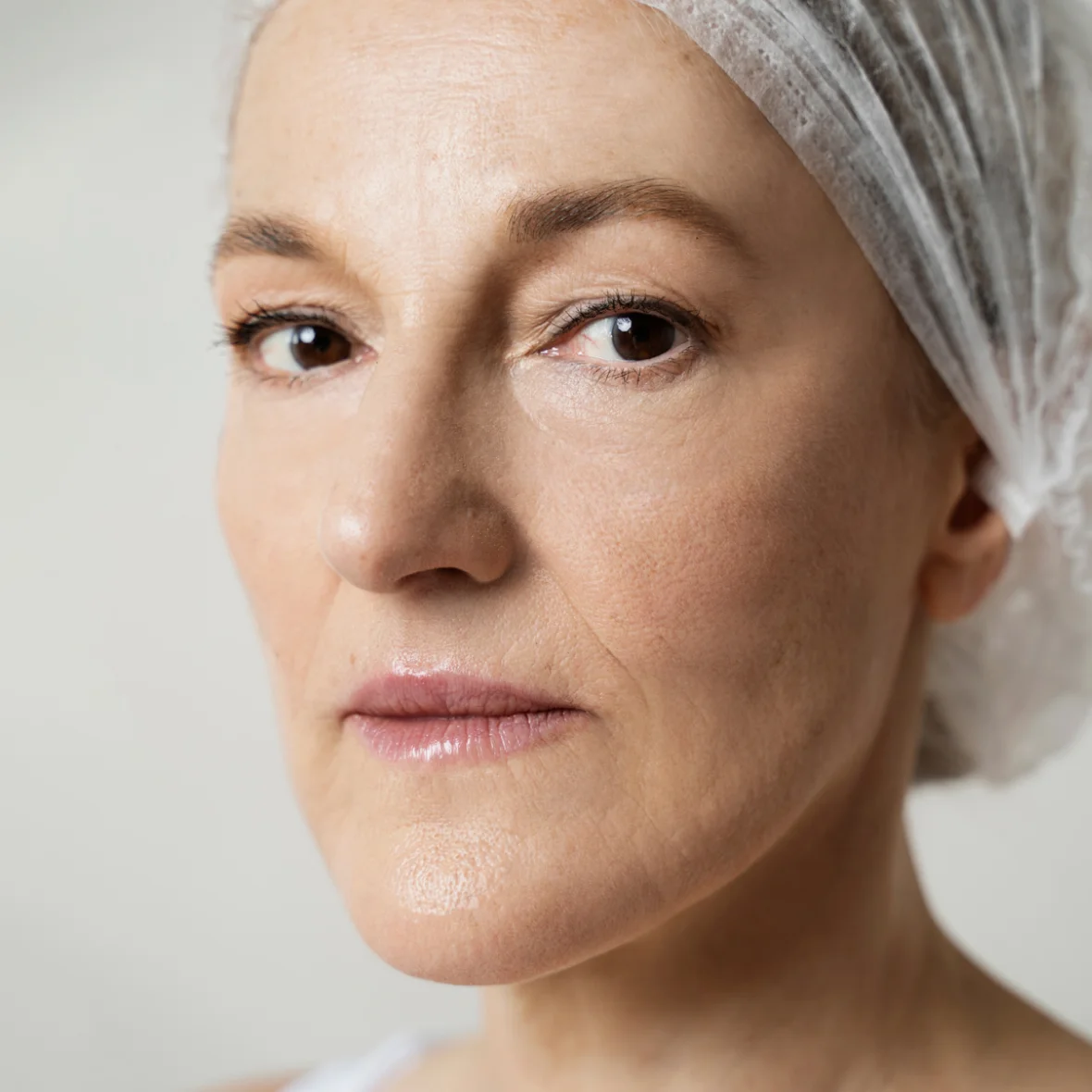
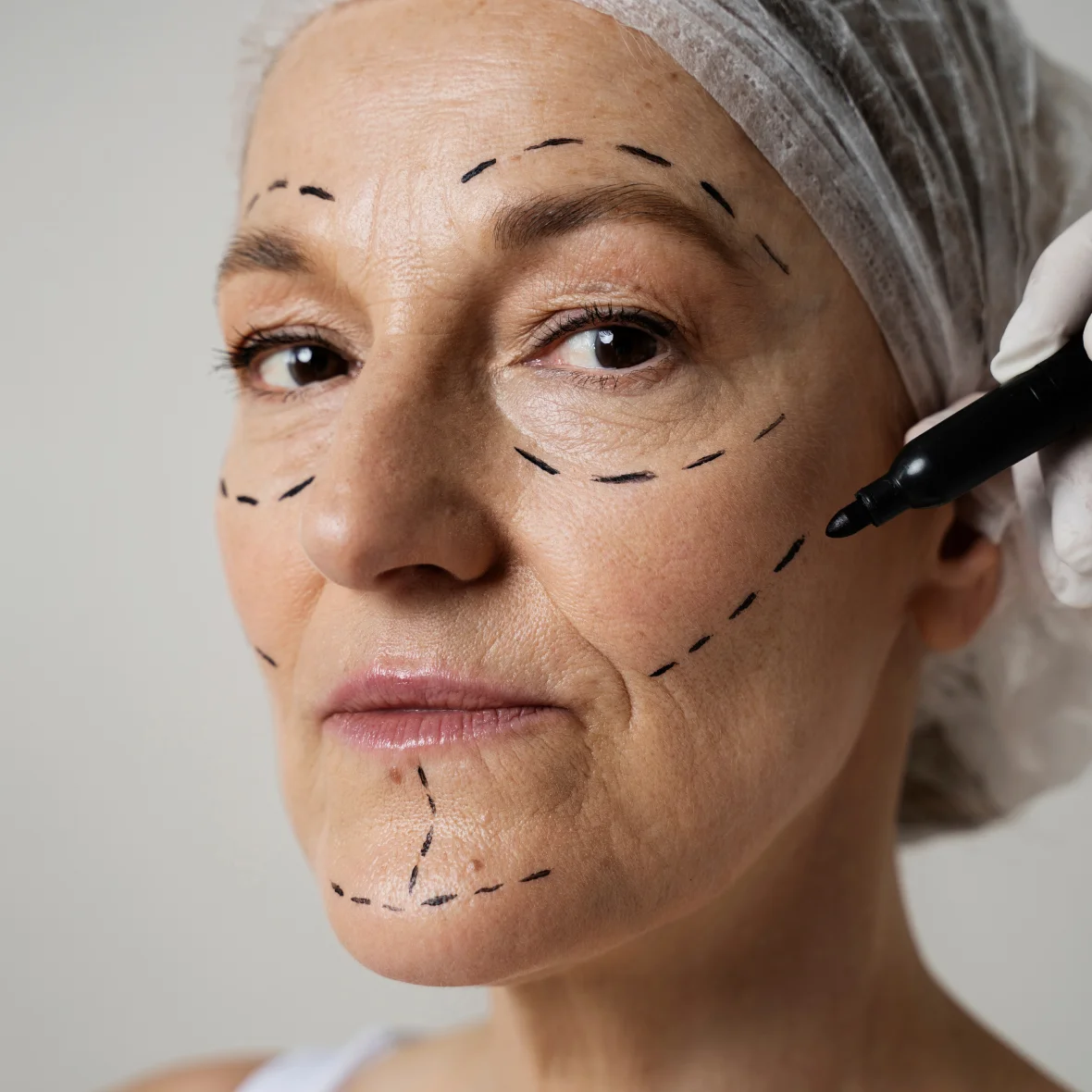
Body Plastic Surgery
Contour Your Shape & Define Your Silhouette
What our clients say
Our patients’ words speak volumes. Hear firsthand how Dr. Ayeni’s expertise, compassion, and personalized care have made a lasting impact on their confidence and surgical experience.
I came across Dr. Simmons on my hunt for the perfect Doctor and I’m so glad I did. I was a little worried being he didn’t have many pics on IG. I just followed my intuition and he delivered. Not only did he give me the body of my dreams, he listened to me answered all my questions through dm. He heard everything I had to say and gave me exactly what I wanted.

The staff was friendly and professional, and the treatment left me feeling refreshed and rejuvenated. Thank you for the wonderful service, I'll definitely be visiting again! Everyone was sweet and professional, ensuring that I had a comfortable and effective session. The results are mind-blowing, and I am happy I went with them.

Popular procedures
"I BELIEVE THAT PLASTIC SURGERY IS A JOURNEY OF EMPOWERMENT, HELPING YOU BECOME THE MOST CONFIDENT VERSION OF YOURSELF."
– Dr. Bimpe Ayeni
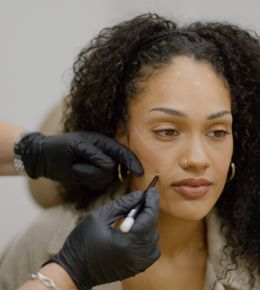
Your Journey Starts Here
Committed to Exceptional Care
Dr. Bimpe Ayeni proudly serves patients across the Greater Toronto Area, Barrie, and Newmarket—helping individuals feel their best through expert, personalized cosmetic care.
Your transformation is her passion, and your confidence is the ultimate goal.
- Thorough Consultations
- Honest Communication
- Comprehensive Aftercare
- Meticulous Attention To Detail
Ready to Take the First Step?
Book a one-on-one consultation to explore your options, ask questions, and get expert guidance tailored just for you.


